How Does the Right Online Video Platform Technology Make Social Media Publishing Easier?
We are often asked what an OVP is and how bitrate-adaptive multi-platform publishing works technically. In some way this is easier to answer than expected. Of course it is a highly complex matter and requires sophisticated software developed and refined over many years of focusing on multi-platform publishing and media distribution. On the other hand, some parts are relatively easily explained.
The most complex parts are usually player development, ensuring maximum device compatibilities, the myriad of different browser and operating system versions in a million combinations with thousands of different desktop, mobile and OTT devices built a dozens of manufacturers. Of course it is entirely impossible to make every on-demand asset and every linear- and event-live-stream instantly compatible with all of the millions of device/browser/OS version combinations - but any good and solid OVP will aim at the highest compatibility with the most recent versions of devices, browsers and operating systems.
What is an OVP's job?
What is most easily explained, however, is an OVP’s job in regards to the push of (passing on of) live-streams and event metadata. When it comes to social networks such as Facebook and YouTube the OVP’s job is rather simple regarding event-live-streams (while more complex regarding on-demand files): passing on the live-stream along with the metadata of the event created by the publisher via the Event Manager in the designated Live-Channel, to the social network - using its API. Not many social networks provide APIs which satisfy the requirements of OVPs, but Facebook and YouTube certainly do and have over the years changed and added to the range of media types they support. For instance: while the pass-of of VOD files along with metadata through designated feeds has been supported for several years now, live-streaming is something relatively new to the social network giants. It is to no surprise that things change quickly, and have to change continuously - both in regards to terms and policies of the platforms, as well as their APIs. Lightcast.com stays on top of that for its Clients. This is our job.
Distribution to Social Networks
Talking about our job - let’s make it less abstract and more concrete. The OVP’s job is to pass of the live-stream along with the event metadata (as entered by the publisher via the OVP’s interface - in our case your Lightcast Media Cloud Control Center). And that’s also where its job ends. At least one simple task in the complex universe of a multi-platform OVP.
What this simply means is that your live-streams are subject to the social network's own CDN, software, user interfaces, web and mobile applications, compatibilities, player, employees, policies and decisions. It is critical to understand that the platform you are publishing to - whether VOD or LIVE - uses its own players, software and resources to play back your content.
Regarding distribution to social networks the OVP’s job is simple: passing on your media and streams, along with your metadata via the social network’s own API. This happens thousands of times every day, yet the outcome on the platform is not always the same and can vary quite widely. That is not a bad thing, nor something worth fighting. It is something we have to accept. Social Networks are not obligated to deliver anyone’s content. They can do whatever they want with the content provided to them. It is their right and their technology. We are only users, and in this case - all of us: both the publisher and the OVP.















